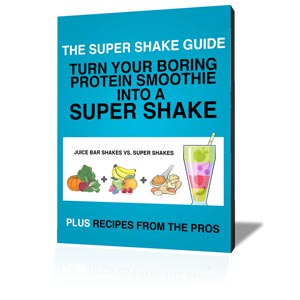Starting a fitness journey can be overwhelming. You may know where you want to go, but you don’t know how to get there. You may not even be sure where to begin. I always say the best place to begin is the basics, getting your core concepts down before you go too far down the road.
In January, every Thursday the post will be entitled “Fitness 101”. My intent is to give you basic information to help you start your journey. I want to share foundational concepts of physical fitness, nutrition, terminology, etc. My hope is to give you a good start and inspire you to learn more. While the information may seem very basic to some, for others this may be the first time to see this information since high school health class. I don’t know about you, but for me that was awhile back.
Today, I want to start with the basic elements of physical fitness for health. The components and definitions I am sharing come from the ACSM’s Health Related Physical Fitness Manual.
First let’s define physical fitness. You will find many different definitions but here is the one I like best, from the President’s Council on Physical Fitness and Sports:
“Physical fitness is the ability to carry out daily tasks with vigor and alertness without undue fatigue and ample energy to enjoy leisure-time pursuits and meet unforeseen emergencies.”
I like this definition because it really touches on why most of us start a fitness journey. We want to look better, feel better, not be winded after two flights of stairs and have the energy to chase around children on the playground all day. Most of us won’t ever be bodybuilders or professional athletes. We simply want a better quality of life.
Here are the 5 components that make up physical fitness, as defined by the American College of Sports Medicine:
- Cardio respiratory endurance: The ability of the circulatory system and respiratory system to supply oxygen during sustained physical activity.
- Body Composition: The relative amount or percentage of different types of body tissue (bone, fat, muscle) that are related to health.
- Muscular Strength: The ability to perform activities that require high levels of muscular force.
- Muscular Endurance: The ability of a muscle group to execute repeated contractions over a period of time sufficient to cause muscular fatigue.
- Flexibility: The ability to move a joint through its complete range of movement.
It is important to remember that all of these elements are important to health and physical fitness. One mistake I often see in new exercisers is forgetting one or more elements. Someone may decide to run 4 days a week, but neglect exercise for muscular strength. Or someone lifting a lot for muscular strength may eat a lot and disregard the need for a healthy body fat level. All of the components are important and work together for your health and fitness.
Let me give you an example. Low back pain is huge issue in our society and is one of the top reasons people seek medical help. Low back pain can be caused by a number of issues, including injury. It can also be related to poor physical fitness. It can be caused by excess weight (body composition), weak core muscles (muscular strength and endurance), and tight hip flexor muscles (flexibility). To improve fitness, health and quality of life, all of the things mentioned should be addressed. Again, everything works together.
As you move forward on your journey, I want you to remember each of these elements and make sure you include each one in your plans. Remember, 150-300 minutes of physical activity is recommended for health and wellness. Divide those minutes among resistance training (at least twice per week), cardiovascular training (running, cycling or dancing are great examples) and stretching activities post workout or as active rest (for example, yoga). If you do this, and pay attention to the unmentioned but equally important element of nutrition, you will be well on your way to health and fitness.
Be sure to read all of the Fitness 101 series!



